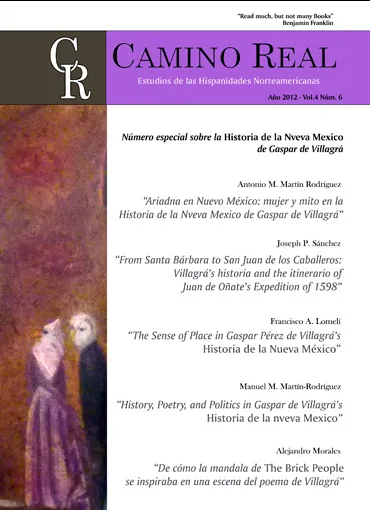
A transnational music scene has developed since the 1960s connecting New York City with Santiago, Dominican Republic, through merengue típico, or traditional, accordion-based merengue (also termed perico ripiao). New York-based musicians and fans have transformed the musical, social, and economic practices of típico in both locations by incorporating influences from hip-hop, reggaetón, rock, house, and other forms of internationally popular music, while bringing the style to new audiences through both radio and live performance. This article traces the history of merengue típico in New York City through the testimony of típico musicians and producers. In doing so, it demonstrates that Dominican Americans and transnational migrants have been important players in the development of this musical genre for nearly half a century, particularly in the modern style termed merengue con mambo. While this style is controversial precisely because of the traces of transnational encounters it shows, which cause traditionalists to fear for the music’s future, típico’s capacity for change in fact serves to ensure its continued relevance for new generations.


